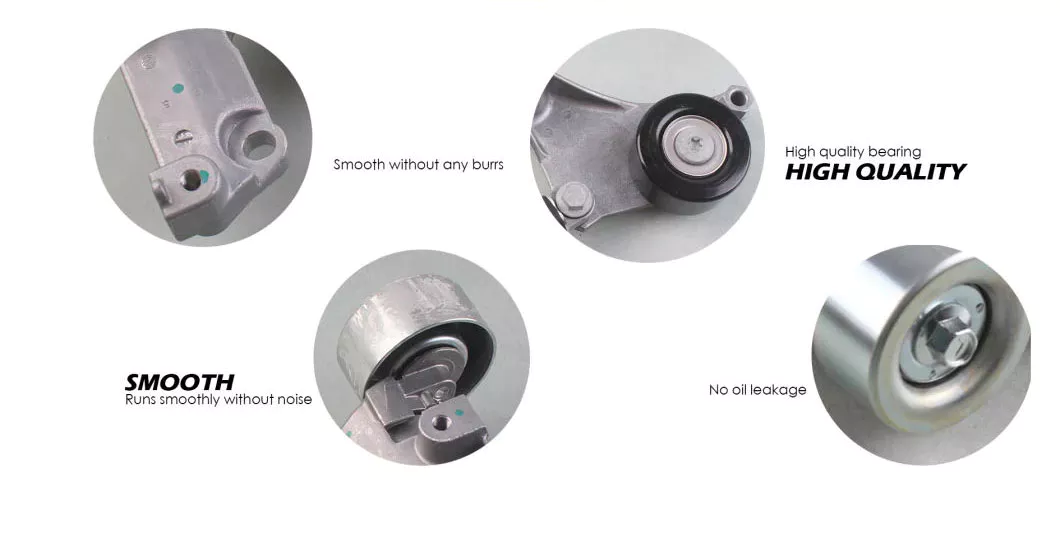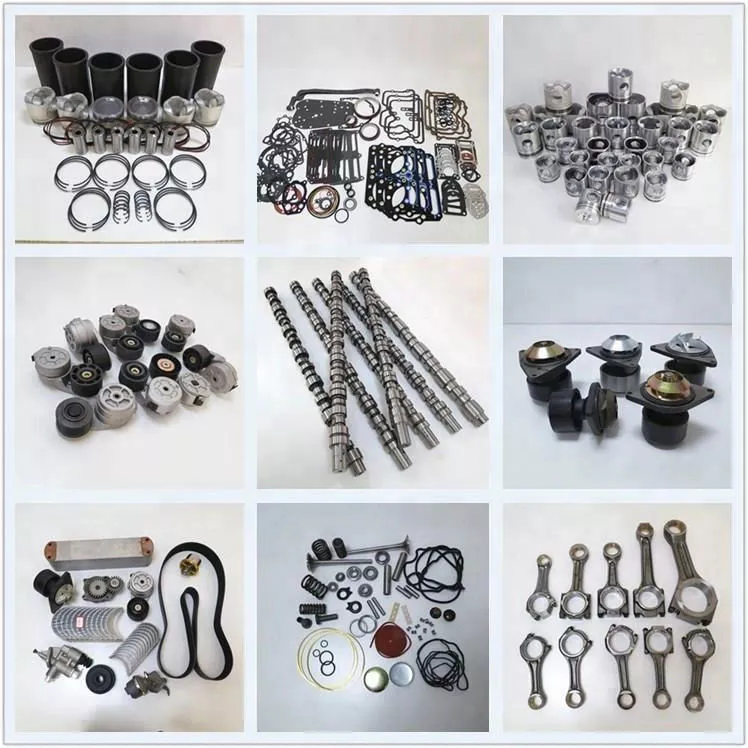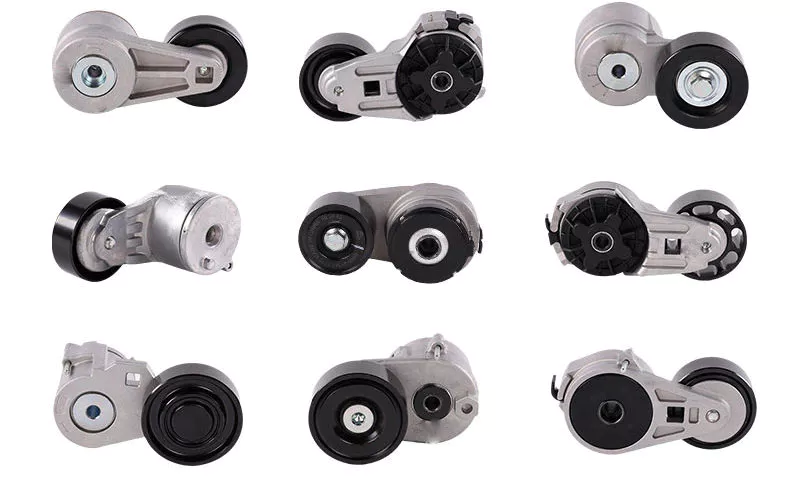Product Description
Manual Buckle Free Strapping Tool for 13-19mm steel straps
| Model | GD35 |
| Apply strap width | 12.9-19mm |
| Apply strap thickness | 0.5-0.8mm |
| Apply straps | steel straps |
| Seal straps form | Buckle Free |
| Weight | 4.55kg |
| Specification | 400x100x300mm |
FAQ:
Q: Are you a factory or a trading company?
A: We are a factory.
Q: How to choose the suitable machine?
A: We will recommend the most suitable machine for you after we know your application requirements. We will offer good suggestions for your reference.
Q: What if we are not CZPT to use the machine when we receive it?
A: Every machine has an instruction book, and there are installation and operating parts. Besides, we also have video demonstration
Q: Can you send me the video to show how the machine work?
A: Of course! We have made video of every machine. Pls. contact with us, we will send you the machine video.
Q: How long is your delivery time?
A: It is based on your order quantity and machine type. For small order quantity of standard machine, usually we will have stock. For large quantity of standard machine and other customized machines, it needs 10-25 work days.
We will confirm details with you before placing order and please feel free to contact us!
Choosing a V-Belt
When choosing a v-belt, you should understand the characteristics of each type and how they affect the performance of your machine. Listed below are the characteristics of Cogged, Narrow profile, and wide v-belts. Learn about the advantages and disadvantages of each. Choose the right v-belt for your machine to maximize its performance. Learn about the different materials used to make v-belts and how they influence the performance of your machine.
Narrow v-belts
While the flat belts are the most common type of v-belt, narrow v-belts are also a common option for industrial applications. These belts are similar to wedge belts in that they transmit heavier loads, but in a smaller form. Narrow v-belts are typically designated as 3V, 5V, and 8V and are denoted by their top width, multiplied by an eighth of an inch. Narrow v-belt sections conform to a wedge belt profile and are usually standardized by manufacturers. For example, section 3V corresponds to a wedge-type profile, while section 5V corresponds to SPB.
Both narrow and conventional v-belts are made of rubber stocks, which are generally composed of polymer or synthetic rubber. Fabric materials may be used to cover the stock material, adding a layer of reinforcement and protection. Narrow v-belts have a higher power rating than traditional V-belts. This is due to their greater depth-to-width ratio, which puts more of the reinforcing cord beneath the sheave.
The Wedge TLP (tm) Narrow V-belt from Continental features a homogeneous one-piece design for maximum strength and long-term performance. These belts feature a high-denier cord and can handle significant horsepower increases. These belts are ideal for industrial applications. However, they are not as durable as their wider counterparts. The Wedge TLP is also an excellent choice for heavy-duty industrial applications.
Cogged v-belts
A key benefit of cogged v-belts is their ability to increase power output without sacrificing reliability. These belts are designed with precision-engineered cogs, which allow them to fit into smaller pulleys without reducing power output. Their raw-edge sidewalls and specially formulated EPDM rubber compound also help provide grip power. Cogged v-belts are manufactured by Carlisle(r) and offer several advantages over conventional belts.
The performance benefits of Cogged V-Belts are widely acknowledged. The company uses added-strength EPDM compounds in their belts to help reduce downtime and energy consumption. They are ideal for demanding applications such as power transmission. These belts are available in a variety of sizes and cross-sections. The section number of Cogged v-belts is H3V, H4V, and H5V.
The main difference between cogged v-belts and wedge belts is in the contact angle. While wedge and cogged v-belts have the same contact angle, the design and construction differs. Cogged v-belts typically include top and bottom layers of rubber, dampening rubber, tension cords, and top and bottom metal rings. Polychloroprene and polyester cords are common materials for the top and bottom layers, while aramid fibers are used for punishing applications.
Cogged v-belts are more flexible than traditional v-belts. Because of the slots on the belt surface, they reduce bending resistance. They are compatible with the same pulleys as standard v-belts, and run cooler and longer. They are also more efficient than standard V-belts. If you are considering a cogged V-belt for your application, it may be worth it to investigate the benefits of this belt type.
Wide v-belts
Variable-speed v-belts are wider in cross section than classical v-belts. The design of variable-speed v-belts varies depending on the manufacturer, but generally features a parallel top and bottom surface. This type of v-belt wedges tightly into its pulley's grooves, reducing power loss and slippage. This type of v-belt is best suited to applications where speed changes frequently.
High-performance Wide V-belts feature a fibre-reinforced EPDM rubber base. The resulting supercharged EPDM mix is better suited for applications where the belts are subject to higher temperatures. This type of drive belt can also replace existing drives with ease and efficiency. CZPT offers a wide range of drive belts for all applications. For applications where slack is an issue, wrapped V-belts are a smart choice.
Narrow-V-belts, on the other hand, have a more favorable height-to-width ratio. This means that a narrow-V belt can be smaller while still providing the same power transmission. These belts also have a lower mass, which reduces centrifugal forces and enables higher speeds. However, narrow-V-belts are prone to wear, but are still a popular choice in many applications.
In addition to being more durable, wrapped-V-belts have fabric-coated edges for better heat resistance. The material covering wrapped-V-belts also protects them from damage from friction and external contaminants. Unlike their rigid counterparts, these wide-V-belts have an improved lifespan and require less maintenance and downtime. These are excellent alternatives to conventional v-belts. So, what are the benefits of Wide-V-belts?
Narrow profile v-belts
When it comes to choosing the best V-belt for your needs, it is important to understand the differences between narrow profile and classical. Narrow profile V-belts are generally narrower in cross-section than classical v-belts. This makes them ideal for high-speed compact drives and light-duty applications. The following section details the differences between narrow and classical v-belts.
The tensile cords, or "cords," are embedded into the rubber compound. These cords are the main power-transmitting component of a narrow profile v-belt. The tension cords are located at the pitch diameter of the belt cross-section and increase the tensile strength. They are typically made of steel, aramid fibers, or polyester. The core is usually made of polyurethane, but other materials can be used.
When measuring the v-belt's width, it is important to understand the various sign-codes. Some v-belts have the wrong sign-coding schema. For example, a classical profile belt should be read as Lw = 3522 mm, while a narrow profile belt should be read as La=3553mm. A narrow profile v-belt has a steeper side-wall, which increases the wedging action. Moreover, the narrow profile v-belt has higher load capacity.
Despite their name, narrow profile v-belts are the most widely used and versatile type of v-belts. They are also the easiest to install. Their general size is similar to that of a wedge, and their number is derived from their numerical prefix. A narrow profile v-belt with a 3L300 part number is 3/8" wide and 300.0 inches long.
Wide profile v-belts
Wide profile v-belts are designed for heavy-duty applications where extreme performance is required. They are ideal for such applications due to their high-flexural strength and shock-resistance. They also come with many benefits, including good noise-reduction, increased sturdiness, and easy maintenance. This article explores the features of wide profile v-belts and how they can benefit your business.
Classical v-belts have an internal dimensional metric marking called the "CZPT." This identifies each specific belt. Generally, this number is a combination of the normal profile size designation letter and the internal length in inches. The inside length of the v-belt is indicated on the index of the v-belt. To begin installing the v-belt, mark the floor where it will be hung. Tape the end stop marker to the first stick.
Narrow v-belts are narrower than standard wide v-belts. They are also available in raw-edge cogged profiles and are intended for light-duty applications. Narrow V-belts are also available in 4 sizes. Compared to standard wide profile v-belts, narrow v-belts are most appropriate for high-speed, compact drives. However, wide profile v-belts are generally longer than narrow V-belts.
A v-belt is composed of different types of rubber and reinforcements. It undergoes tensile and compressive stresses on both sides. The top side of a v-belt experiences longitudinal tensile force, while the bottom side is subjected to compression against a pulley. Moreover, the included angle of a v-belt section is 40 deg. Various types of v-belts are available according to their cross-sections and performance specifications.
Standard v-belts
If you are installing v-belts, you must know the right way to measure them. Many v-belts are mislabelled as classic or SPA. If you are unsure of which 1 to choose, you can refer to the standard v-belts index. The basic way to measure v-belts is by using a measuring tape or a cable tie. Using the right technique will ensure you get the right length.
A well-engineered V-belt is made from an elastomer core, which is a material that is resistant to abrasion. The elastomer core is usually composed of polyurethane, which has excellent flexural strength and shock resistance. In addition to the elastomer core, a fabric cover protects the core from wear and environmental forces. Its fabric cover is treated to form a chemical bond with the belt core, which increases the fabric's resistance to constant bending.
The cross-section of a standard V-belt is commonly described as a trapezium, with its top and bottom sides parallel. Knowing the cross-section of a standard V-belt is essential in matching it with a pulley. It is also important to know how the v-belt is positioned on a pulley and how to select the right belt for the job.




